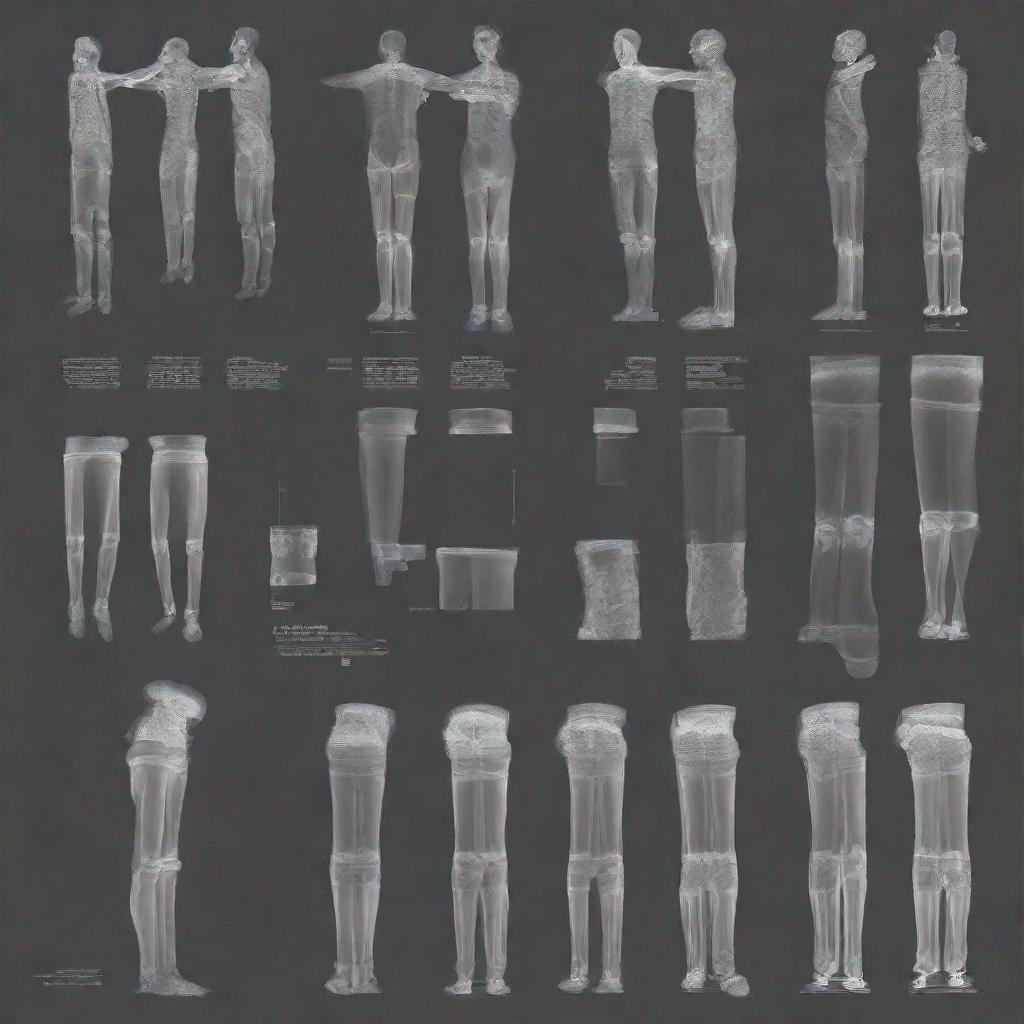## Trachoma: An Overview
Trachoma is a chronic bacterial infection of the eye caused by the bacterium Chlamydia trachomatis. It is a highly contagious disease that can lead to significant visual impairment and, ultimately, blindness if left untreated.
### Symptoms
Trachoma typically presents with symptoms such as:
– Eye irritation and redness
– Discharge from the eyes
– Photophobia (sensitivity to light)
– Corneal clouding, which can impair vision
### Diagnosis
Trachoma is diagnosed through a thorough eye examination by an ophthalmologist or other healthcare professional. The doctor may perform the following tests:
– Conjunctival scraping: A sample of cells from the conjunctiva (the clear membrane covering the white part of the eye) is collected and examined under a microscope.
– Eyelid examination: The doctor checks the eyelids for signs of trichiasis, a condition where the eyelashes rub against the eyeball.
### Prevention
Trachoma is primarily transmitted through contact with infected eye discharge or contaminated objects. Preventive measures include:
– Face washing and eye care: Regular washing of the face and hands, as well as cleaning the eyes with clean water, can help prevent the spread of infection.
– Sanitation and hygiene: Improving sanitation and hygiene in communities where trachoma is prevalent can reduce transmission.
– Mass drug administration: Antibiotics can be distributed to entire communities to help control the spread of infection.
### Treatment
Antibiotics are the primary treatment for trachoma. Commonly used antibiotics include tetracycline, erythromycin, and azithromycin.
In severe cases, surgery may be necessary to correct trichiasis or other complications. Surgery can also be used to reconstruct damaged eyelids or corneas.
### Complications
Untreated trachoma can lead to serious complications, including:
– **Active trachoma:** This is the early stage of the disease, characterized by inflammation and conjunctivitis.
– **Cicatricial trachoma:** Scarring of the conjunctiva and cornea can occur, leading to corneal clouding and potential blindness.
– **Trichiasis:** Inward-turning eyelashes rub against the eyeball, causing irritation and corneal scarring.
– **Visual impairment:** Trachoma is a leading cause of preventable blindness worldwide.
### Role of Healthcare Professionals
Ophthalmologists, optometrists, and other healthcare professionals play a crucial role in the diagnosis, treatment, and prevention of trachoma. They provide eye examinations, prescribe antibiotics, and perform surgeries when necessary. By working together with public health agencies, healthcare professionals can help control the spread of trachoma and improve the visual health of affected communities.
### Public Health Importance
Trachoma is a major public health concern, particularly in developing countries where sanitation and hygiene are often poor. It is estimated to affect over 18 million people worldwide, with over 2 million cases of active trachoma. Trachoma is a preventable disease, and concerted efforts by governments, healthcare organizations, and communities are essential to eliminate it as a public health problem.



